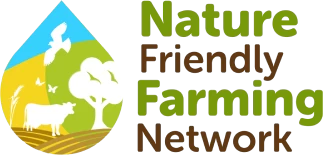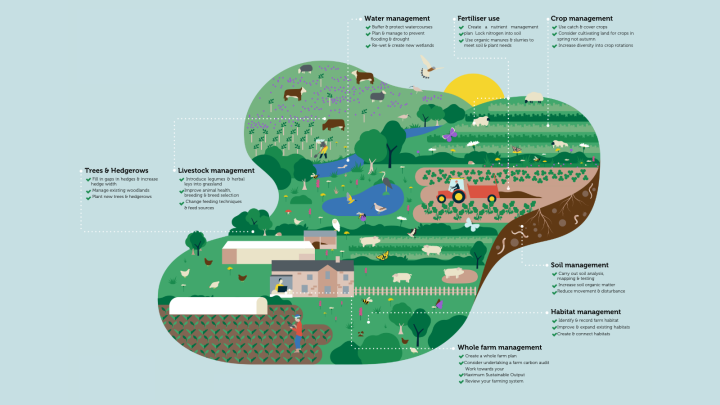The UK is at a pivotal moment in time when momentous decisions in our food, farming and land use will dictate how effectively the urgency of the climate and nature crises is addressed. While each country in the UK is different in their approach and every farm will differ in the systems they choose; all must come from a place of conviction in adopting meaningful measures that deliver real climate action.
But the context within which farmers are currently addressing the twin challenges of reducing emissions and carbon capture is fraught with uncertainty. From the future of agriculture regulation and payment schemes to trading negotiations and changing consumer demands - it is extremely difficult to plan and make decisions about the future. Combined with the criticism around farming’s role in contributing to climate change, it is no surprise that confusion and fear is often the dominant response to the scale of the challenge at hand.
Yet what remains absolute is the positive role that agriculture can play in helping achieve the UK’s climate ambitions – but only when farming and land use are part of the solution.
This paper aims to give an overview of the direction of travel in UK-wide policy, while looking at the sources of agriculture’s GhGs, the role of Nature-based Solutions (NbS) in helping to store and capture carbon, and how step changes towards a whole-farm approach holds the greatest potential for long-lasting change.



